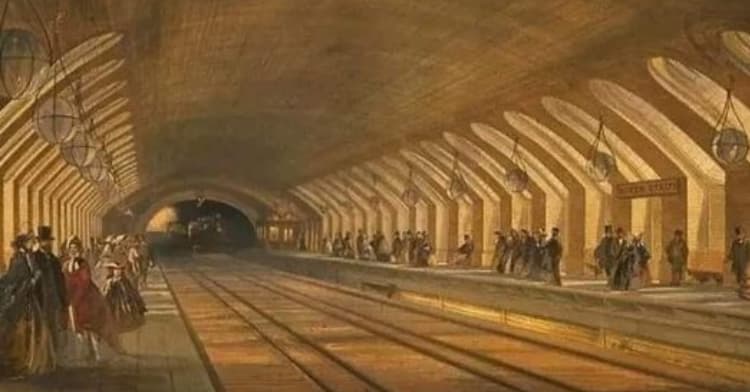Tiddy House, also known as Old Tudor House, is a captivating piece of history nestled within Exeter, Devon. This Grade II* listed building boasts a rich architectural heritage, believed to be constructed either in the late 16th century or the 1630s. Despite the bombings of the Exeter Blitz in 1942, Tiddy House remarkably survived, standing as a testament to the city’s resilience.
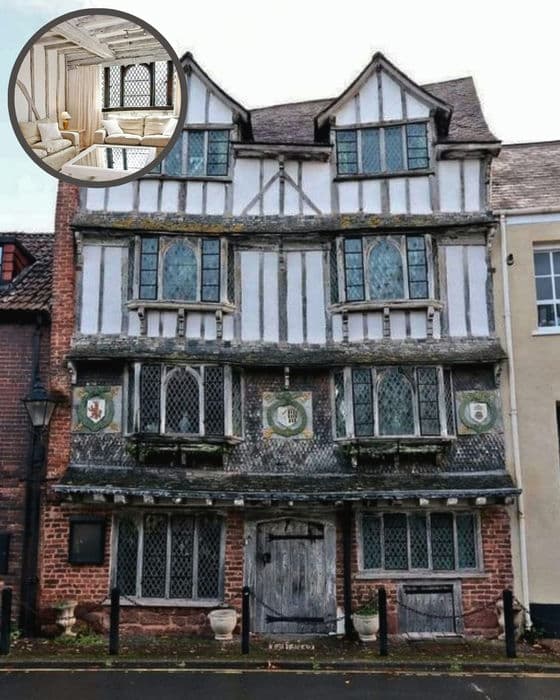
A Historian’s Intrigue: Unveiling Exeter’s Architectural Gem
Intrigued by its architectural style and intriguing history, Tiddy House would be a top destination on my Exeter itinerary. Here are 5 must-see locations for any history and architecture enthusiast visiting Exeter:
- Tiddy House (Old Tudor House): This architectural gem showcases the city’s evolution, featuring a blend of Tudor and later additions.
- Exeter Cathedral: Witness the grandeur of this Gothic masterpiece, boasting stunning stained glass windows and a captivating clock.
- Exeter Guildhall: Explore this magnificent 15th-century building, a symbol of Exeter’s rich mercantile past.
- Underground Passages: Delve into Exeter’s hidden history by exploring the network of underground passages beneath the city.
- Exeter Quayside: Take a stroll along the historic quayside, soaking in the vibrant atmosphere and admiring the River Exe.
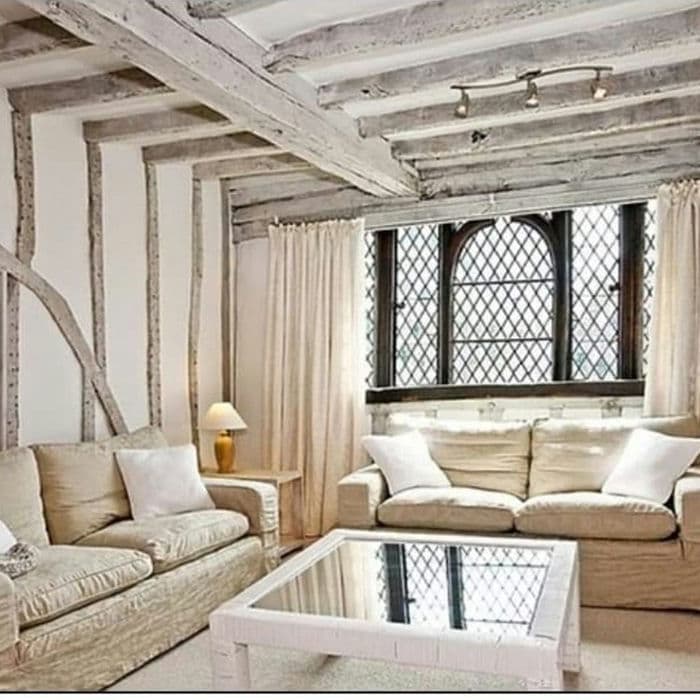
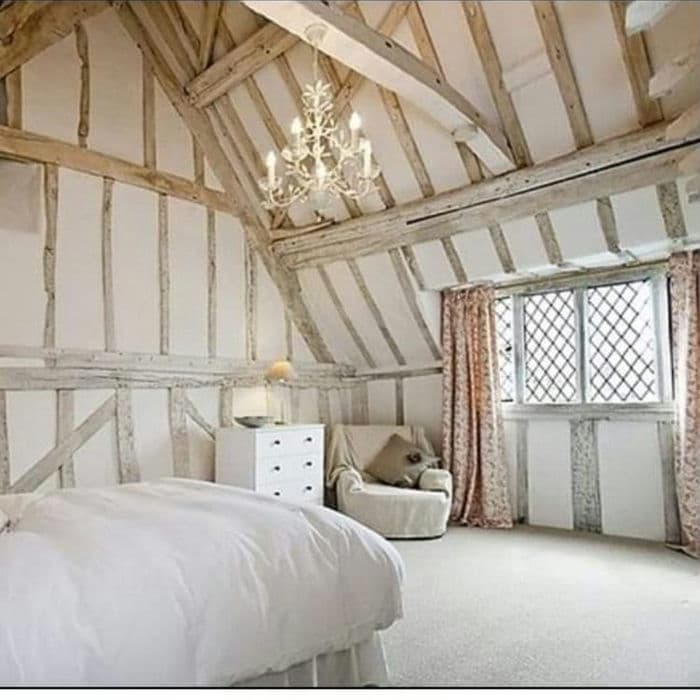
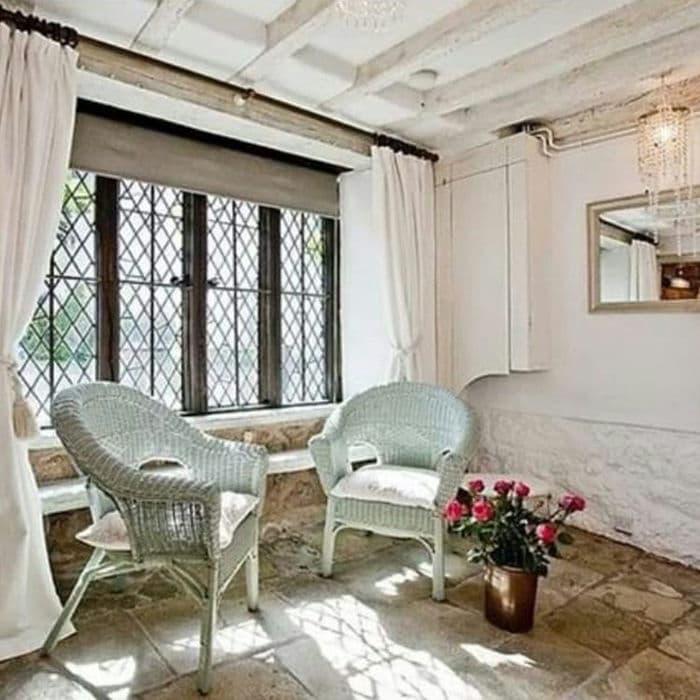
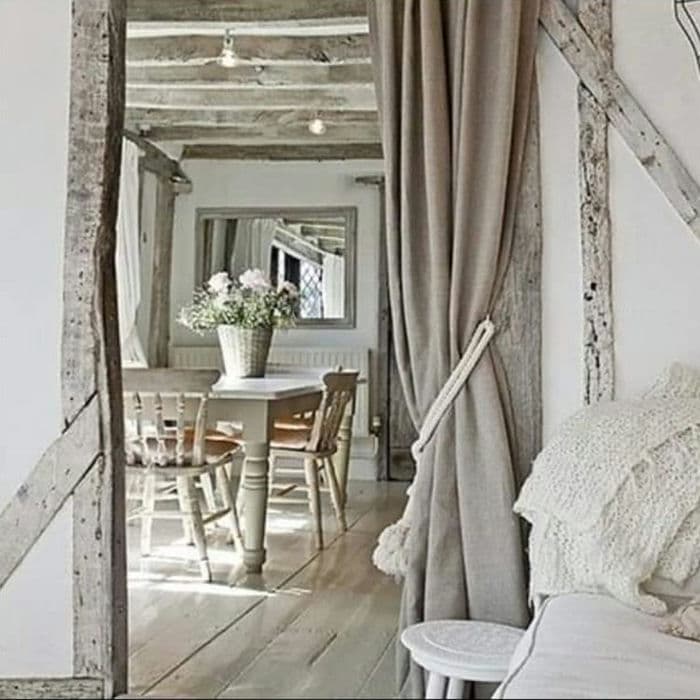
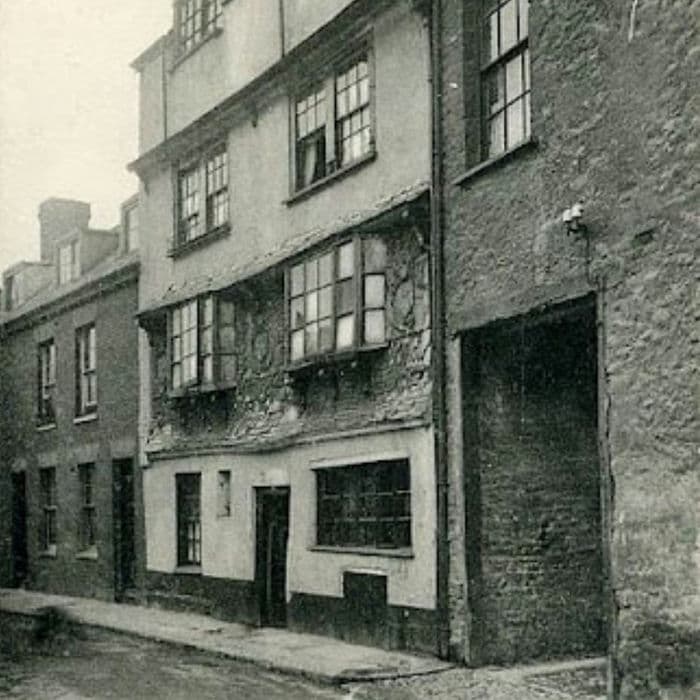

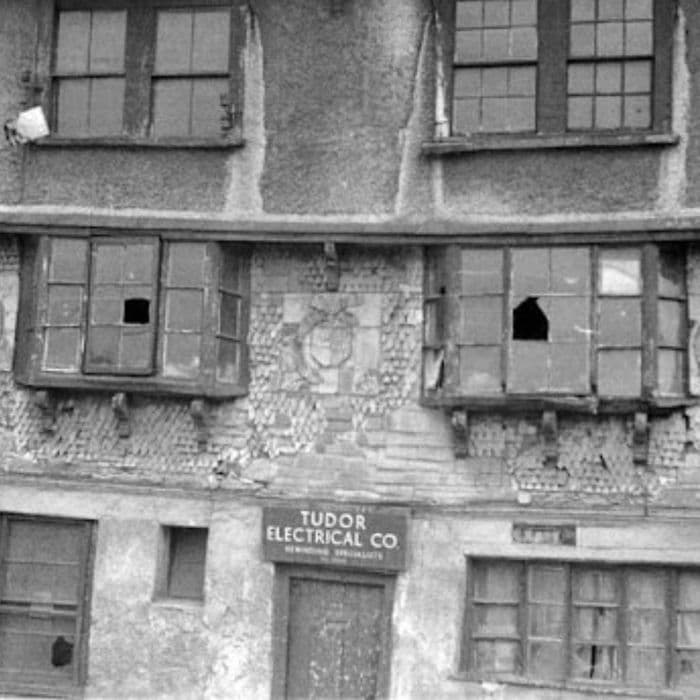
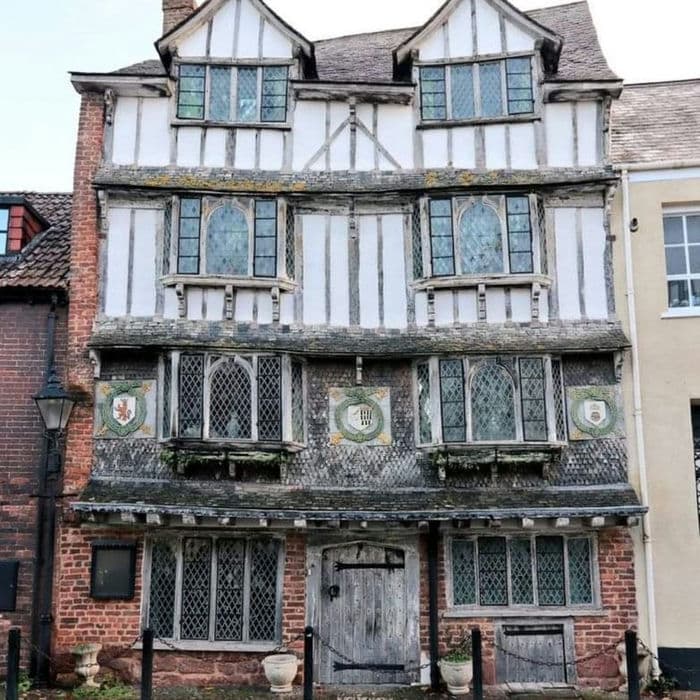
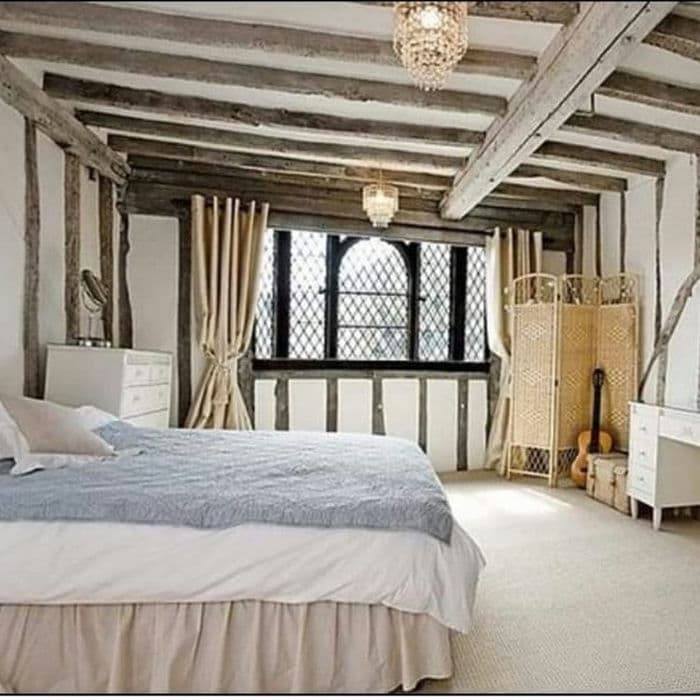
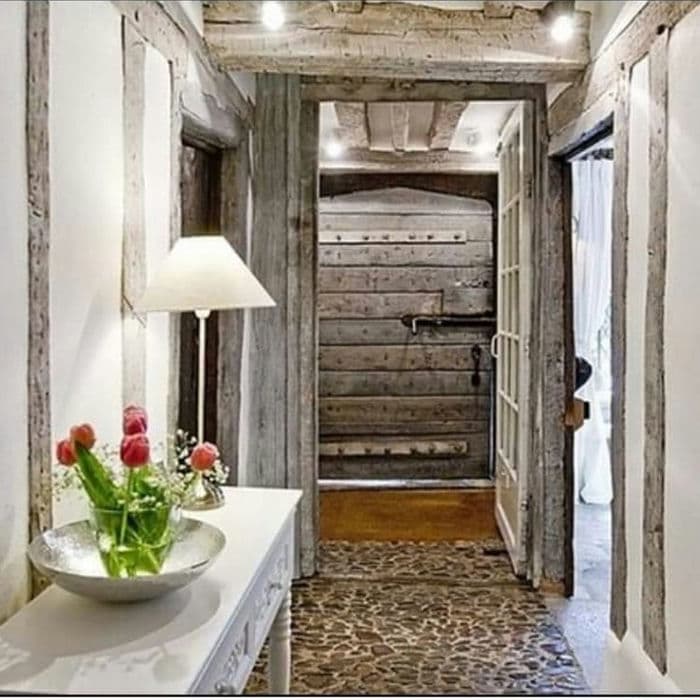
Frequently Asked Questions about Tiddy House:
- When was Tiddy House built? The exact date of construction remains a mystery, with estimations ranging from the late 16th century to the 1630s.
- What is the architectural style of Tiddy House? The house is a prime example of Tudor architecture, featuring timber-framing and decorative details. Later additions showcase influences from subsequent periods.
- Is Tiddy House open to the public? Unfortunately, Tiddy House is a private residence and not accessible to the public. However, you can admire its exterior beauty from the street.
- What is the significance of the coat of arms on Tiddy House? The three heraldic coats of arms on the facade represent the Gubbs family (center), the Leach family (right), and possibly the Northmore family (left), who owned the house at different points in history.
- How did Tiddy House survive the Exeter Blitz? The exact reason remains unclear, but its location on Exe Island might have played a role in its survival during the bombings of World War II.

